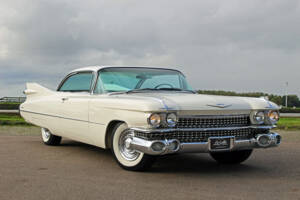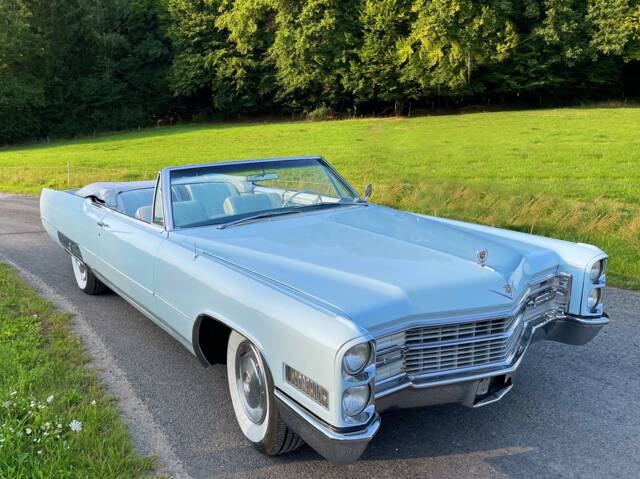Cadillac DeVille classic cars for sale
The Cadillac DeVille stands out as one of the most definitive luxury sedans from North America, combining immense V8 engines, striking design features such as striking tailfins and acres of chrome, and an interior that represented American comfort and technology. Spanning several decades and multiple bodystyles, the DeVille played a central role in Cadillac’s reputation for opulent, spacious, and technically advanced vehicles.
Resultados de la búsqueda
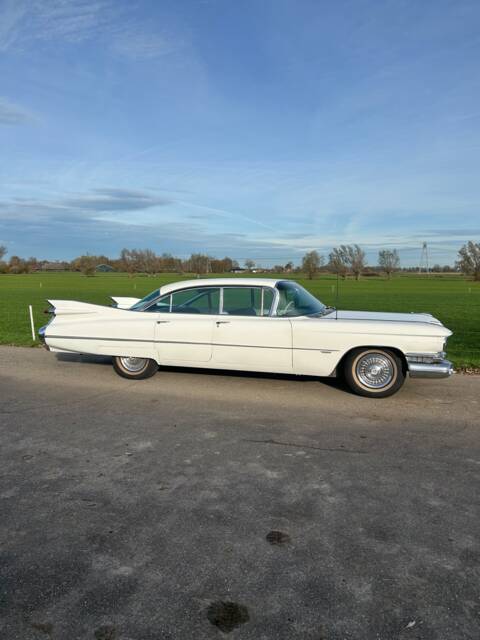
1959 | Cadillac Sedan DeVille
1959 Cadillac sedan de ville


1959 | Cadillac Coupe DeVille
Excellent, mostly original condition, CA Import
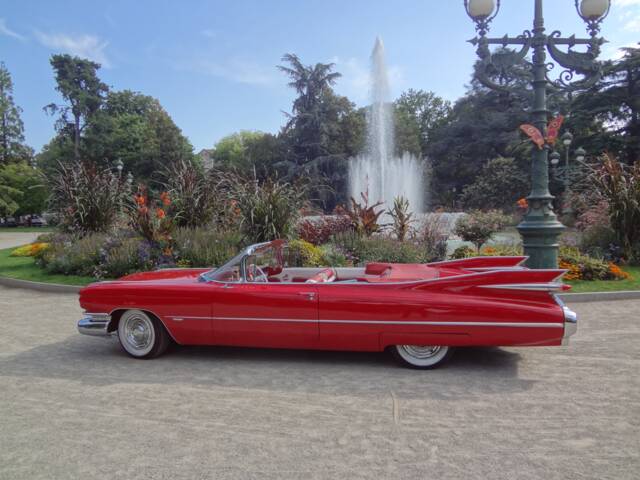
1959 | Cadillac DeVille Convertible
Etat irréprochable
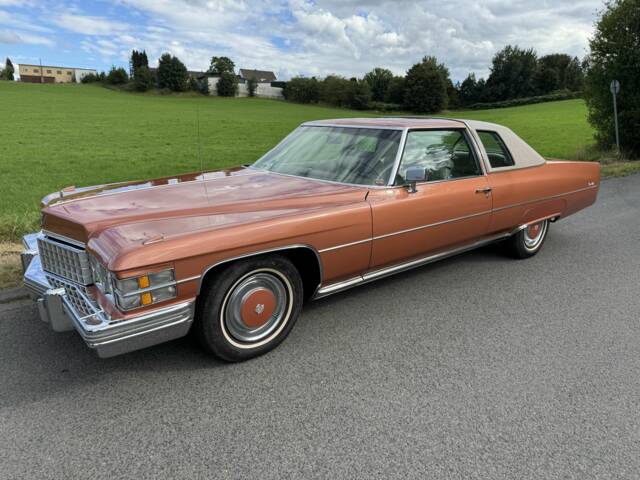
1974 | Cadillac Coupe DeVille
Sondermodell d`Elegance 7,7l V8 Caddy im außergewöhnlich Zustand!
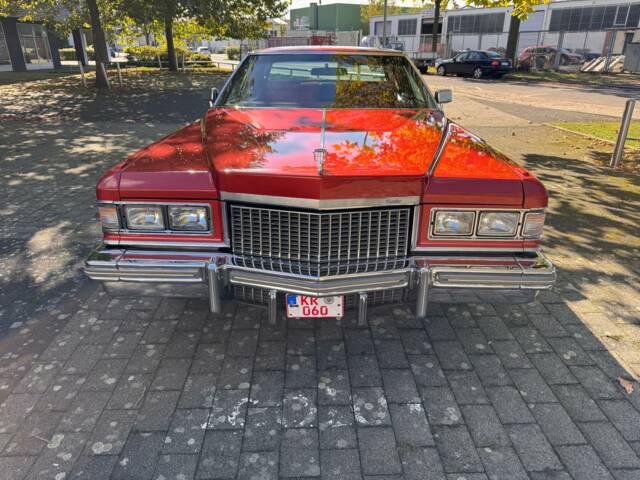
1975 | Cadillac Coupe DeVille
Jahreswagenzustand
VAT is reclaimable
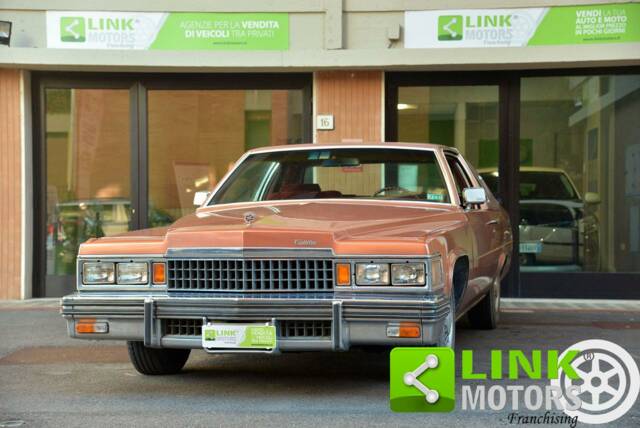
1978 | Cadillac Coupe DeVille 7.3 V8
CADILLAC Deville 7.3 V8 benzina-GPL 6CD47 2D Coupe
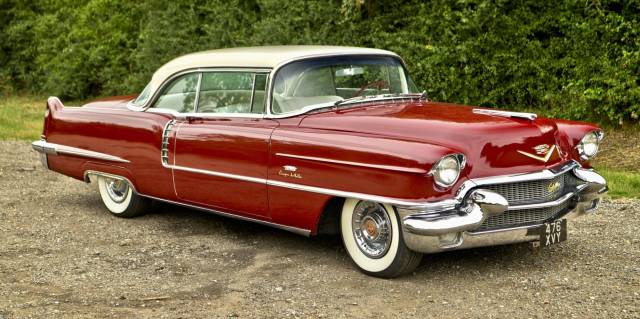
Cadillac DeVille listing references from Classic Trader
Below you will find listings related to your search that are no longer available on Classic Trader. Use this information to gain insight into availability, value trends, and current pricing for a "Cadillac DeVille" to make a more informed purchasing decision.
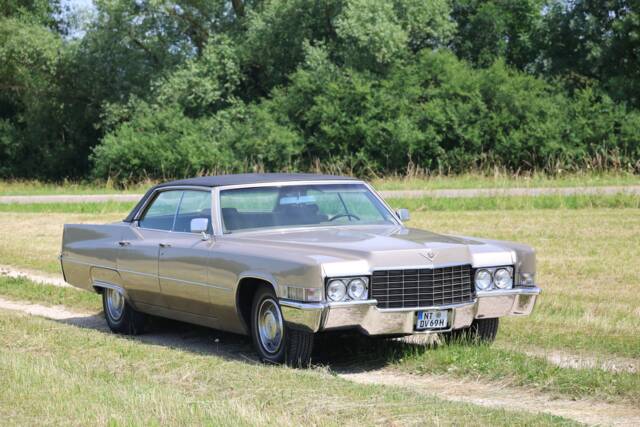
1969 | Cadillac Sedan DeVille
Cadillac DeVille Sedan | 1969 | Route 66 Auctions - For sale by auction. Estimate 7500 EUR
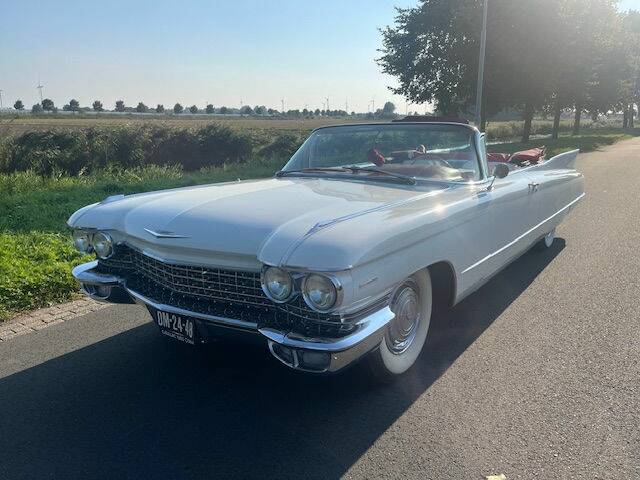
1960 | Cadillac Coupe DeVille
Cadillac Coupe Cabrio | 1960 | Route 66 Auctions - For sale by auction. Estimate 35500 EUR
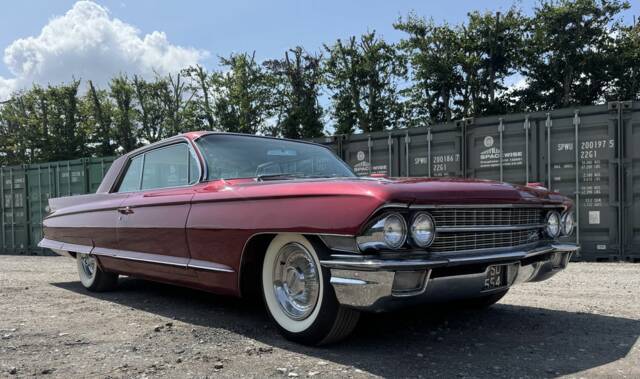
1962 | Cadillac Coupe DeVille
Cadillac Coupe DeVille | 1962 | Route 66 Auctions - For sale by auction. Estimate 11500 EUR
1966 | Cadillac DeVille Convertible
Deutsche Papiere, H-Kennzeichen
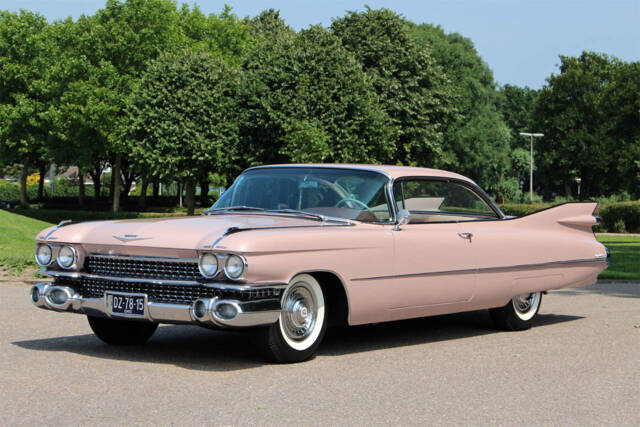
1959 | Cadillac 62 Coupe DeVille
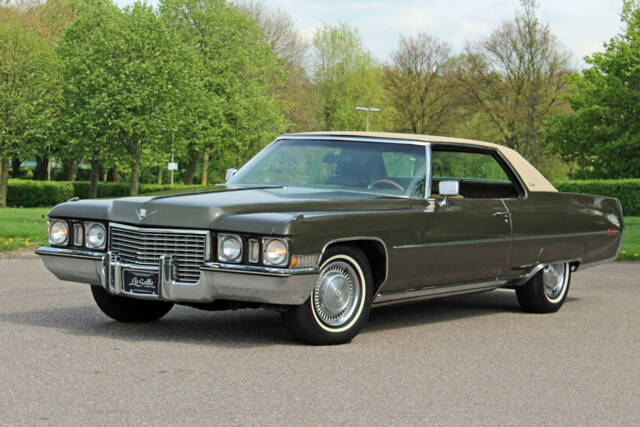
1972 | Cadillac Coupe DeVille
Original 47800 miles
History of the Cadillac DeVille
The DeVille designation first appeared in 1949 as a high-class trim for the Cadillac Series 62, before gaining separate-series status in 1959. Its name, French for 'of the town', reflected the car’s cosmopolitan aspiration, but also its origins as a luxury automobile built to dominate American boulevards. Through eight generations until 2005, the Cadillac DeVille evolved from pronounced tailfin coupe and sedans, through the era of the mighty 472 and 500 cubic inch V8s, to later front-wheel drive models built for comfort and prestige. Throughout its lifetime, the DeVille was synonymous with a generous cabin, opulent equipment, and a design language that defined American luxury throughout the 20th century.
Model History and Evolution
Initially, the DeVille replaced the Series 62 as Cadillac’s most luxurious offering by the mid-1960s. Early DeVilles were available as Coupé de Ville and Sedan de Ville, with cabriolet versions appearing occasionally. Key technical milestones included the perimeter-frame chassis of 1965, the introduction of the 472 cu in (7.7 L) V8 in 1968, and a focus on safety and emissions technology from the 1970s onward. The DeVille was repeatedly facelifted—with the 1980s seeing the line slimmed and reduced in size. Coupé production ceased in 1993, while saloons continued until 2005. Special editions like the DeVille Concours, introduced in the mid-1990s, featured the Northstar V8 and set new standards for Cadillac technology. The DeVille’s journey mirrors the shifting priorities of the American luxury sector, adapting to both emissions regulations and changing consumer tastes.
Highlights and Unique Features
The DeVille’s instantly recognisable features include its pronounced tailfins (especially during the late 1950s), abundant chrome trim, pillarless hardtops, and a cabin packed with comfort-oriented features such as automatic transmissions, air conditioning, cruise control, electric windows, and power seats. Notable technical features included the 'Autronic Eye' headlamp dimmer and the later 'Twilight Sentinel' system. Typical DeVille powerplants ranged from the 6.4-litre (390cu in) V8 up to enormous 7.7-litre (500cu in) units of the 1970s, all paired to sophisticated automatic gearboxes. Cabin appointments often included leather upholstery, deep carpets, wood inlays, and a focus on ride quietness.
Technical Data
Special Editions and Collectible Models
Within the DeVille model range, certain versions stand out: the DeVille Concours models from the 1990s introduced Cadillac’s sophisticated Northstar V8. The DeVille Convertible (last produced in 1970) is especially valued for its rarity, and the Eldorado Brougham-based DeVille cars from the late 1950s drew celebrity attention. From exclusive interior trims to limited-run features such as factory in-car telephones, these editions are now particularly sought after.
Weak Spots and Common Issues
The DeVille’s weight and dimensions mean checking body and chassis for corrosion, especially in structural sections and panel edges, is crucial. Electrical accessories, while luxurious, can age and may require specialist attention. Early automatic gearboxes should be inspected for fluid leaks or erratic operation. Interior finishes—especially original upholstery and chrome details—also deserve careful inspection, as replacements for factory-correct trim can be hard to source for rare configurations. Large exterior panels and chrome bumpers can be expensive to refurbish or replace, and particular attention should also be paid to the condition of braking and steering components due to the vehicle’s mass.
Engine, Transmission and Road Behaviour
Classic DeVilles are characterised by a soft, smooth ride and a distinctly detached 'floating' feeling on the road—often described in the US as a “land yacht” character. With engines ranging from the early 390cu in V8s to the 500cu in units of the 1970s, these models deliver substantial low-end torque, well matched to their Automatic gearboxes (Hydramatic, later Turbo-Hydramatic). Early models typically have rear-wheel drive; front-wheel drive became standard in later generations. Braking capability was improved with the addition of front disc brakes. While not designed for cornering prowess, the focus was squarely on ride comfort, minimal cabin noise, and long-range cruising. - 1965–1970 DeVille Convertible: Rare, combines classic tailfin styling and V8 power.
- 1970s Sedan DeVille: Notable for gigantic V8s and plush interiors.
- 1990s DeVille Concours: Features Northstar V8 and advanced comfort tech.
Interior, Comfort, Exterior and Design Features
Cadillac DeVille models are notable for expansive interiors featuring high-quality trim, including wood appliqués, pile carpets, and extensive use of chrome and leather. Models from the late 1950s and 1960s were styled by Bill Mitchell and are instantly recognisable for their crisp lines and iconic tailfins. Later cars introduced more formal, squared styling while retaining a focus on comfort. Representative DeVille details include stacked headlights, wide-set grilles, and—especially from the mid-60s—long, flowing side profiles. Accessories frequently found include electric seat positions, cruise control, AM/FM radios (often with 8-track), Soft Ray glass, and electric antennae. Typical period features like wide whitewall tyres and highly polished body chrome further distinguish the DeVille aesthetic.
Additional Noteworthy Aspects
Restoring a classic DeVille requires careful attention to originality—matching numbers, period-correct colours, and complete equipment are especially prized. Exporting vehicles out of North America can pose challenges, particularly regarding registration documentation and parts sizing (such as number plate brackets). Parts for most common wear items are generally available, though rare optional accessories might require extra effort to source. The DeVille’s eligibility for historic registration and tax benefits in some markets (like Germany’s H-Zulassung) make it particularly attractive to enthusiasts.
Summary
The Cadillac DeVille line encapsulates several decades of American automotive luxury, distinguished by monumental styling, powerful V8 engines, and a relentless commitment to passenger comfort. With nearly half of all classic Cadillac listings comprised of DeVilles and sustained demand among collectors and enthusiasts, the DeVille represents an American ethos of size, comfort, and advanced technical development. Restoration, maintenance, and originality are central to the value and enjoyment of these models in the classic car market.


